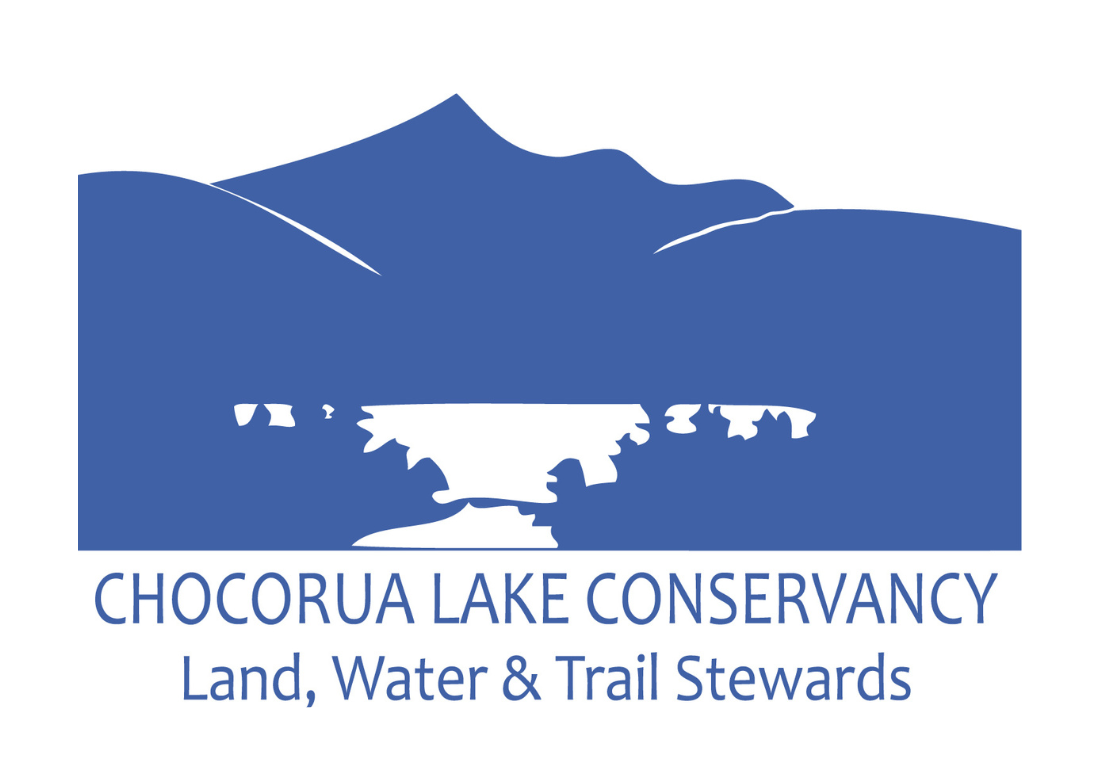The view of Mt Chocorua from the “Grove”, a piece of private property situated between the Big and Little Chocorua Lakes, has become an icon of scenic beauty for New Hampshire and indeed the Nation. The site attracts tens of thousands of visitors a year who come to enjoy the beauty of the spot, to swim, fish, picnic, and launch non-motorized water craft. The Grove had, however, become badly worn over the years due to the heavy foot traffic it receives. Shoreline erosion, root exposure and soil compaction around the base of the tall pines was threatening the very reason why so many people to by this scenic landmark.
To address this problem, members of the Chocorua Lake Conservation Foundation (CLCF) and the Chocorua Lake Association (CLA) got together and wrote two grant proposals to the New Hampshire Moose Plate Program. One was funded in 2008 for a total of $30,000 and the second in 2009 for $23,128. This money was used to hire a landscape designer (Zachary Berger Associates), a tree and plant specialist (P. C. Hoag and Co.) and an engineering firm that specializes in shoreline stabilization (Certified Erosion Control – NH).
Work to restore the beauty of the Grove began in the fall of 2008 is now about complete. The initial work included the development of a landscape plan and the obtaining of a Wetland Permit from both the New Hampshire Department of Environmental Services and the Town of Tamworth.
Planting of new vegetation to better define walking areas began in the fall of 2008 and has continued into the spring of 2009. In addition, use of a new technology (Filtrerxx socks) has been employed to stabilize the shore. Many large boulders have also been set in place to provide sitting areas for visitors and to help direct people along pathways to the water.
It is realized, however, that this restoration effort is just the beginning of an ongoing effort to maintain the Grove’s intrinsic beauty.
Conditions in the Grove will have to be monitored regularly to include the removal of nonnative weeds from the newly planted areas, the watering of the new vegetation, the addition of mulch to reduce soil compaction and,most of all, the education of the public as to the fragile nature of site and the work that is being done to preserve it for future generations.


